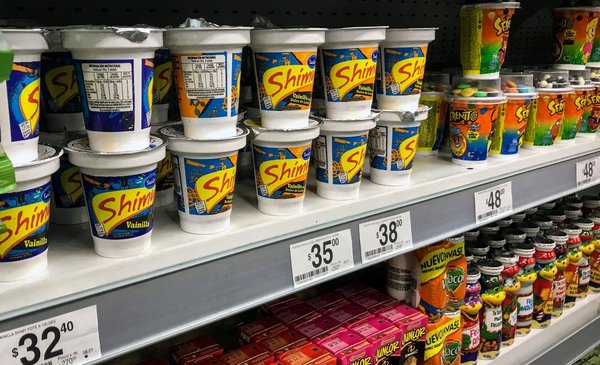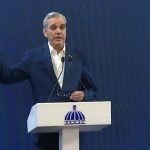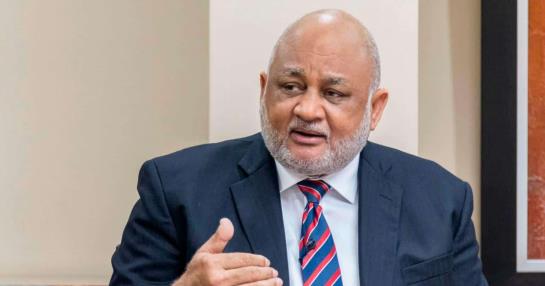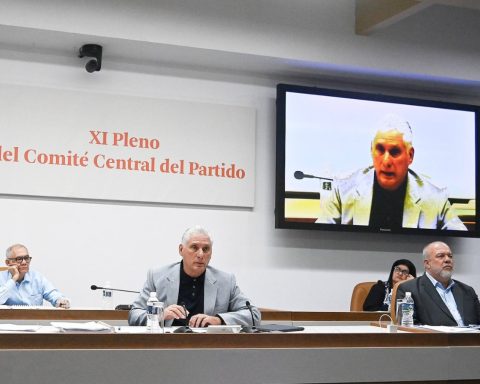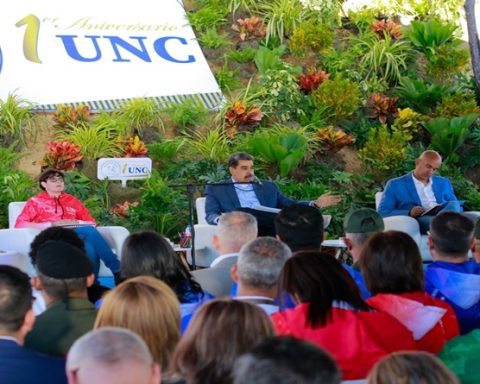The year 2021 closed with an inflation of 50.9% in Argentina, almost 22 points above what the Ministry of Economy had projected, when initially setting an inflation target of 29% for that period.
This result occurred after In December, the Consumer Price Index (CPI) measured by INDEC will register an advance of 3.8%, as reported today by that agency.
The marked acceleration in the cost of living worries economists in a context where rates are frozen and the Government tries to curb inertia through a price agreement.
Inflation of 50.9% for 2021 is 14.8 points higher than the 36.1% that occurred in 2020, when the economy fell about 10% as a result of the recession that caused the coronavirus pandemic.
How much did prices increase in December in Argentina
As anticipated by all consumer reports, December was a very hot month with prices, especially those of food and non-alcoholic beverages, which rose 4.4%.
They also contributed alcoholic beverages and tobacco (5.4%) Y clothing and footwear (4.8%), with marked rises on the eve of the end of the year festivities.
Between the services Considerable increases were also registered in transportation (4%), restaurants and hotels (5.9%) and recreation and culture (4.9%).
The items that increased the most
Thus, the annual rise in food was close to the general CPI (50.3%), but the disaggregation shows a dispersion in the behavior of each product.
The most advanced were: coffee, herb, tea and cocoa, with a 66.6% increase; oils and fats, 63.1%; meat, 59.3%; and milk, derivatives and eggs, 53.6%.
Below the average were breads and cereals, with an annual rise of 44.8%; fruits, 40.2%; non-alcoholic beverages, 44.9%; mineral waters, soft drinks and juices, 36.3%; and vegetables, 26.5%.
For its part, clothing closed 2021 with an upward trend and an annual price rise of 65.9%, 15 points above the general CPI.
As a result of the rate freezes, housing expenses rose 32.2%, which reduced the overall result.
On the other hand, home equipment was more active, with a rise in values of 48.7%.
Meanwhile, in the midst of the pandemic, health expenditures rose 50.9% in 2021, from an increase of 53.3% in medicines and 46.4% in prepaid.
The transportation item was another of the ones with the highest increase last year, 64.5%, driven especially by the values of vehicles, which soared as a result of lower production at the terminals and restrictions on imports.
To this was added restaurants and hotels, which, after the pandemic, updated their values and caused an increase of 60.2%.
On the other hand, in communication there was an increase of 41.1% year-on-year in 2021 and in recreation and culture it was 47.1%.
From this result analysts expect inflation close to 55% in 2022.
This projection is made under the assumption that there will be an agreement with the IMF that will keep the economy afloat.
The greatest concern arises from a core inflation that was 54.9% in 2021, against a rise of 37.7% in regulated prices and 50.2% in seasonal ones.
Alberto Fernández highlighted the decline in December
Despite the adverse numbers, the Argentine government said that it will strengthen the policy of price agreements and in the last hours launched a new list of Care Prices with more than 1,300 products from different categories.
Precisely, the president Alberto Fernandez made official the launch of a new stage of the Care Prices program, and highlighted the importance of these mechanisms to combat inflation. For Fernández, in December there was “a lower inflation than in December of the previous year”, for which he spoke of continuing “this downward path”.
“We are ending a very difficult time, but with a clearer horizon; the fight against inflation is a central issue, which in Argentina does not have a single cause, it is the result of many things, from the psychological to the monetary,” he commented Fernandez.
The Chronicler – RIPE
